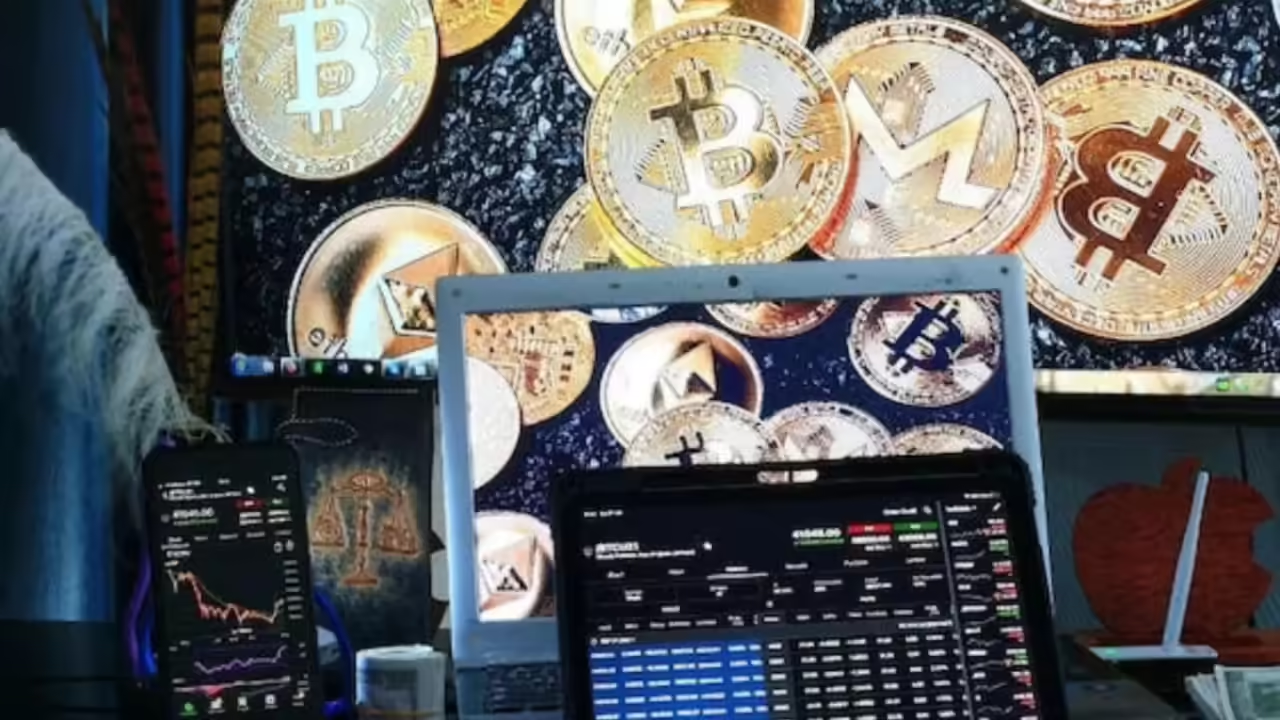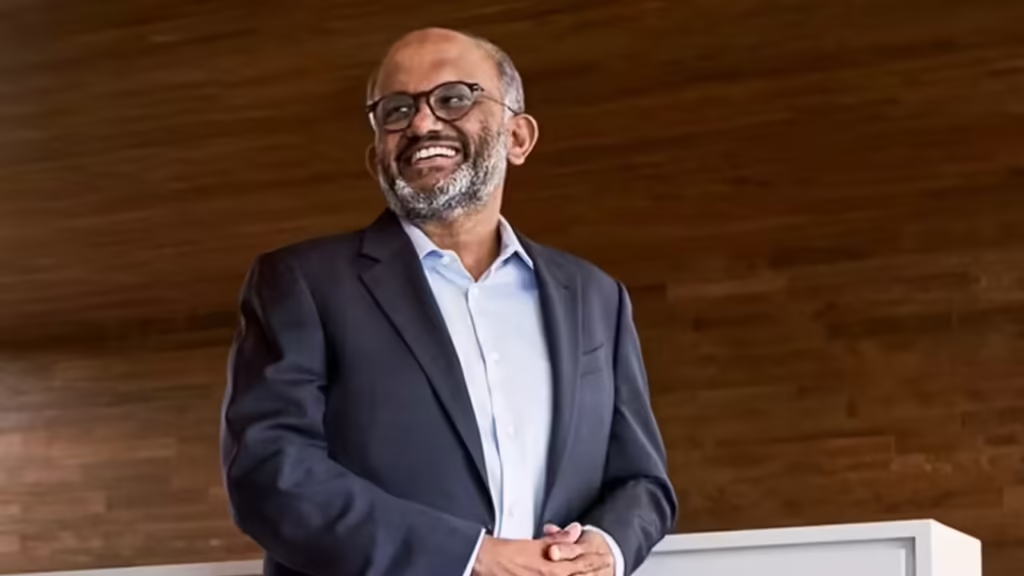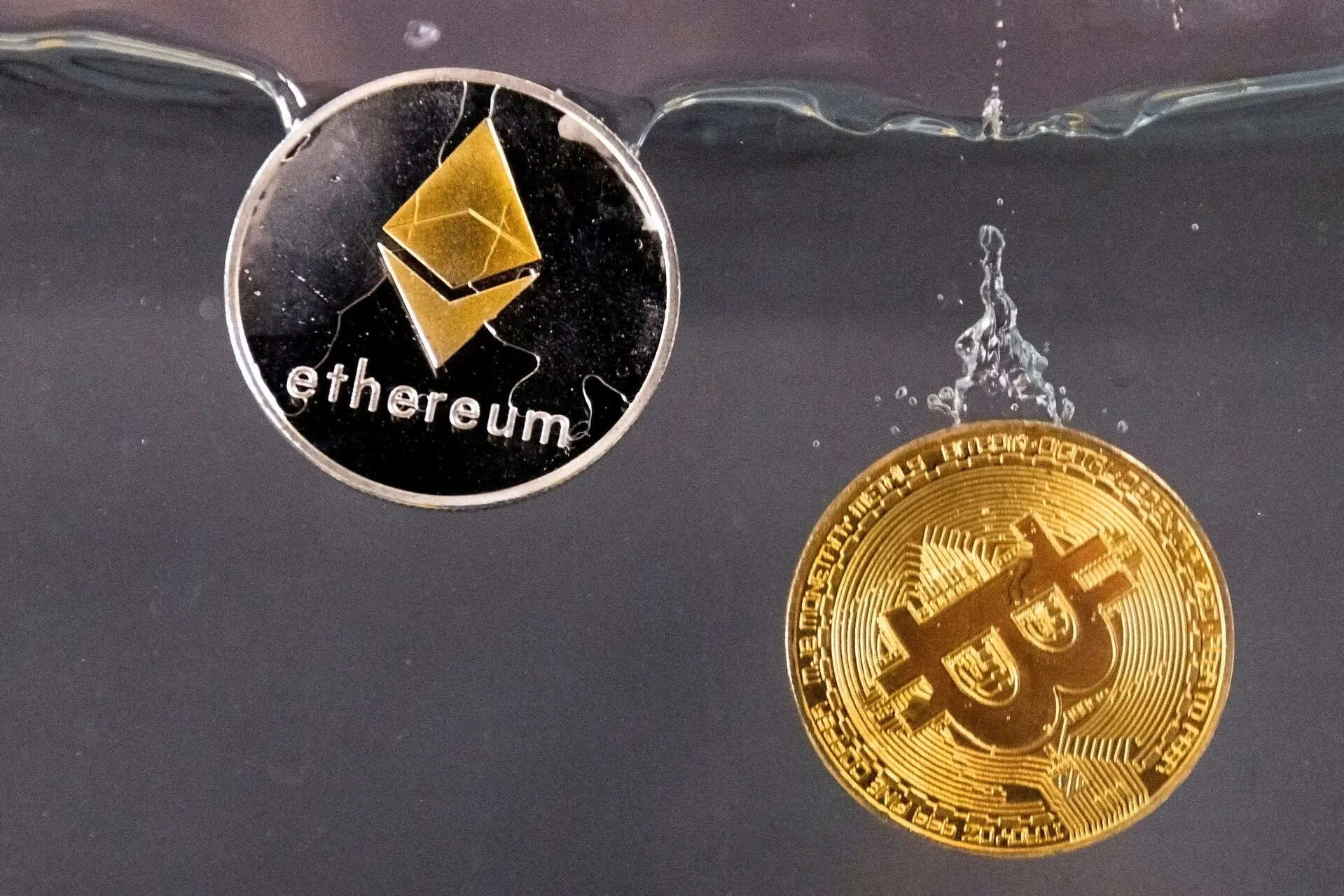Now Reading: Crypto Heists on the Rise: What CoinDCX and ByBit Hacks Reveal About Security Gaps
-
01
Crypto Heists on the Rise: What CoinDCX and ByBit Hacks Reveal About Security Gaps
Crypto Heists on the Rise: What CoinDCX and ByBit Hacks Reveal About Security Gaps

Recent security breaches at crypto platforms CoinDCX and ByBit have once again raised tough questions about how safe digital assets really are. As cybercriminals target both global and Indian exchanges, users—especially retail investors from Tier 2 cities—are left vulnerable. These incidents serve as a reality check on how much protection crypto platforms truly offer and what individual users can do to stay safe.
CoinDCX and ByBit: What Went Wrong
CoinDCX, one of India’s largest crypto platforms, confirmed a breach that compromised user data and access keys. Meanwhile, ByBit, a popular global exchange used by many Indian investors, also suffered a major hack involving losses in millions.
In both cases, the attackers exploited vulnerabilities in third-party integrations or internal access controls—not just weak passwords or phishing scams. This shows that even big-name platforms are not immune if their internal systems aren’t airtight.
Impact on Indian Investors
These breaches matter for Indian users, especially in non-metro cities where crypto awareness is still catching up. Many rely on exchanges without fully understanding how wallets, keys, or two-factor authentication work.
When exchanges get hacked, it’s not just the companies that lose money—it’s the users who pay the price. And with no clear legal framework in India to recover stolen crypto assets, victims often have nowhere to turn.
Security Isn’t Just the Platform’s Job
Yes, platforms must invest in stronger systems and frequent audits. But users also need to adopt safer practices. This includes storing large sums in private wallets instead of keeping everything on exchanges, enabling all security features, and avoiding links or apps that look suspicious.
What this also tells us is that convenience should never come at the cost of control. If you don’t hold the keys, you don’t fully own the crypto.
A Wake-Up Call for the Industry
The CoinDCX and ByBit breaches highlight a deeper issue: security culture in the crypto world is still evolving. Companies often grow fast and prioritize expansion, sometimes at the cost of back-end security. The rise in such hacks is a signal that the industry needs to slow down and strengthen its foundations.
Meanwhile, regulators—especially in countries like India—must create frameworks that hold platforms accountable while educating users about digital safety.
Conclusion
The recent crypto heists aren’t just isolated events; they’re reminders of a system still vulnerable to sophisticated attacks. For investors in India’s growing digital economy, especially those outside metro circles, it’s crucial to be alert, informed, and proactive. The tools to protect your crypto exist—but they only work if you actually use them.

























